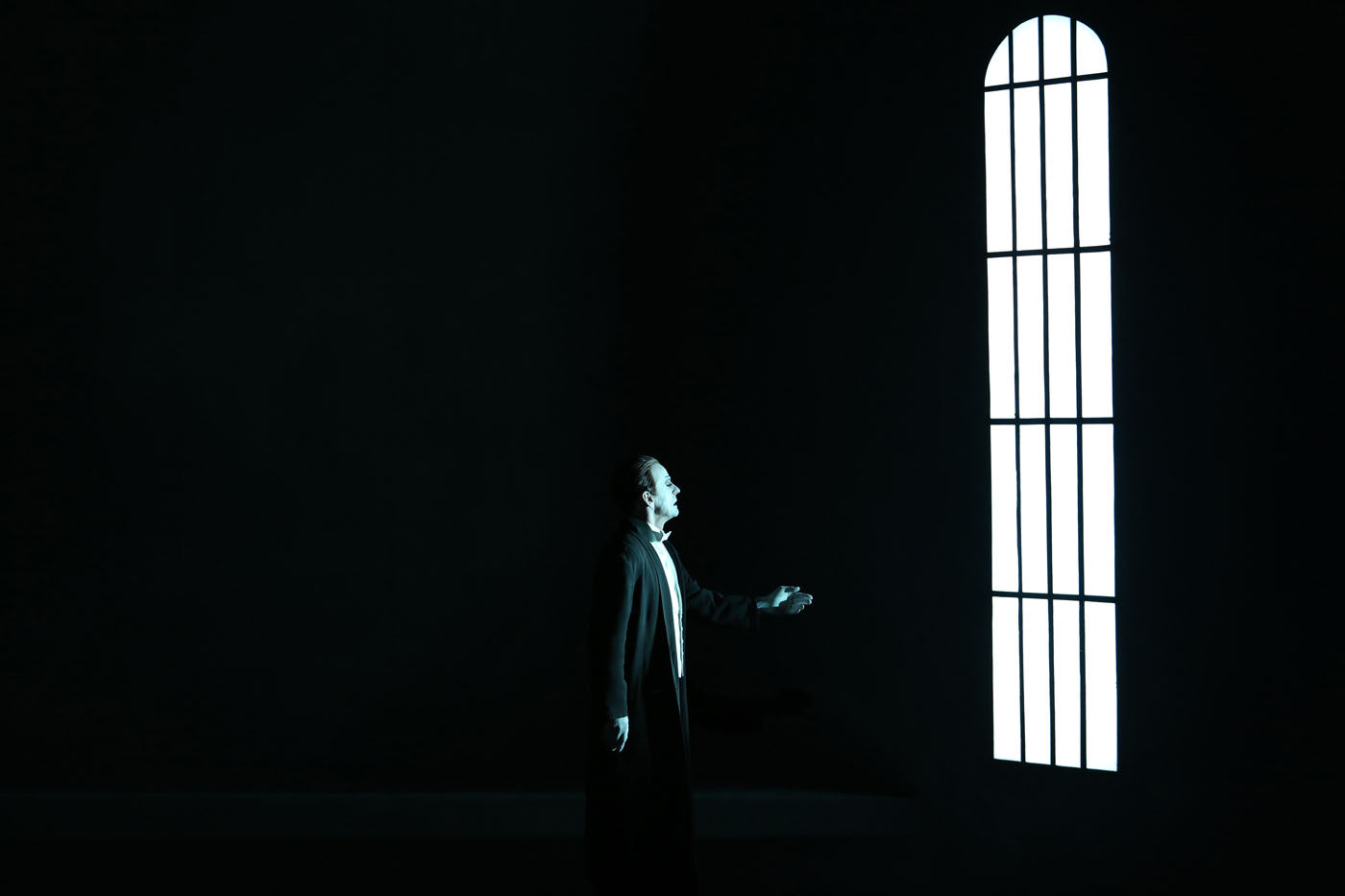So wrote in his diaries Vaslav Nijinsky, the most celebrated male dancer of the early 20th century, who rose to fame in the Western world as a spellbinding star of Serge Diaghilev’s Ballets Russes and a rule-bending choreographer of “The Rite of Spring.”
Nijinsky had written his diaries in a six-week period from January to March 1919. He was about to turn 30 years old—a dancer at the peak of his artistic career. Yet despite his young age and his worldwide prominence, Nijinsky’s future seemed bleak at that time. No longer with Diaghilev, who was his lover, mentor, and boss, Nijinsky, after being fired from the Ballet Russes, was out of job, with no prospects of employment as a dancer in the ravaged by war Europe. But most horribly, he found himself in the relentless grip of a mental breakdown, slowly but steadily succumbing to schizophrenia. As his volatile mind was slipping into the abyss, the diaries had become Nijinsky’s emotional refuge—a trusted confidant of his thoughts, ideas, memories, and frustrations, as well as a witness to his helplessness and ever-escalating fear for his state of mind.
In “Letter to a Man”—a collaborative project between the legendary Mikhail Baryshnikov and playwright and theater director Robert Wilson—the eloquent, enigmatic and deeply troubled voice of the great Nijinsky comes to life in all its unadorned, uncensored and heartbreakingly raw vehemence. In this show, based on the diaries and starring Baryshnikov, Nijinsky becomes a hero of his own story. “It’s a manifesto of an artist,” Baryshnikov summed up the idea of this 70-minute production in which he is the sole performer. “It’s about a troubled man and his relationship with his art, with God, with family, with moral issues.”
Having premiered at the Spoleto International Arts Festival in Italy in July 2015 and traveled the world ever since, “Letter to a Man,” made its stop in New York City in October at the Brooklyn Academy of Music for a twelve-performance run.
“Letter to a Man” unfolds in an episodic manner—a series of flashbacks of sorts—and comes across as a vaudevillian burlesque. Baryshnikov glides on stage with a smooth grace and a lively spring. There is a touch of foxtrot here and a gentle pirouette there, but you will not see virtuoso dancing in this play. What you get is Baryshnikov as a first-class dramatic actor and it’s a thrilling sight to behold.
At 68, Baryshnikov is as suave and limber as ever. Dressed in a dapper tuxedo and wearing elaborate white makeup, he gives us Nijinsky of acute poignancy and wrenching sadness—a mentally disturbed man, who is approaching the end of his life and haunted, as never before, by the events and the memories of the past. Played in voice-overs or spoken live by Baryshnikov in English and in Russian, with intonation that ranges from expressionless and tranquil to explosive and terrified, the excerpts from the diaries allow the audience inside Nijinsky’s inflamed mind.
In one scene, we see Baryshnikov as Nijinsky in a bright light box in the middle of the stage, straitjacketed in a white chair. In another episode, he appears in the same box and in the same chair, but sitting upside down, with the chair moving slowly but dangerously close to the floor. You fear imminent danger and you have no way to prevent it—and you realize that this is how Nijinsky felt when he was writing his diaries—the feelings of danger, fear, despair, and hopelessness were constantly present in his mind.
As Nijinsky’s illness rapidly deteriorated, the style of prose in his diaries had changed. The moments of sheer lucidity and profound wisdom surrendered to rumbling sentences, odd metaphors, and bizarre wordplay, reflecting at once immense genius and devastating tragedy of the person who wrote them. Fittingly, genius and tragedy, hope and despair go hand in hand in this gripping and endlessly fascinating play, which was prepared for the stage by dramaturge Darryl Pinckney and author Christian Dumais-Lvowski, who adapted the text.
The man in the show’s title is Diaghilev but we see only a black-and-white cutout photo of him in a bathtub, gliding in the background across the stage, disappearing from the view as fast and unexpectedly as it appeared. “I am not Diaghilev,” Nijinsky reassures himself and us again and again in one poignant scene. “I am Nijinsky.”
“I love you as a human being.” “I am not afraid of you.” “I don’t want to work with you.” These contradicting pronouncements addressed to Diaghilev amount to the most heart-rending moment of “Letter.” At the last scene, Baryshnikov-Nijinsky appears behind a red-curtain proscenium. He is poised and content. “You are not a king, but I am,” he says to his lover-turned-tormentor and assures him that he will be just fine without him. “I am very busy working on dances.”
It’s a devastating conclusion. For all his insistence to the contrary, Nijinsky would never dance again and would never choreograph another work, spending the last thirty years of his life in a mental institution. So his diaries become the final record of the great artist at his breaking point —a tragic testament of a legend, whose creative life was cut too short.




comments